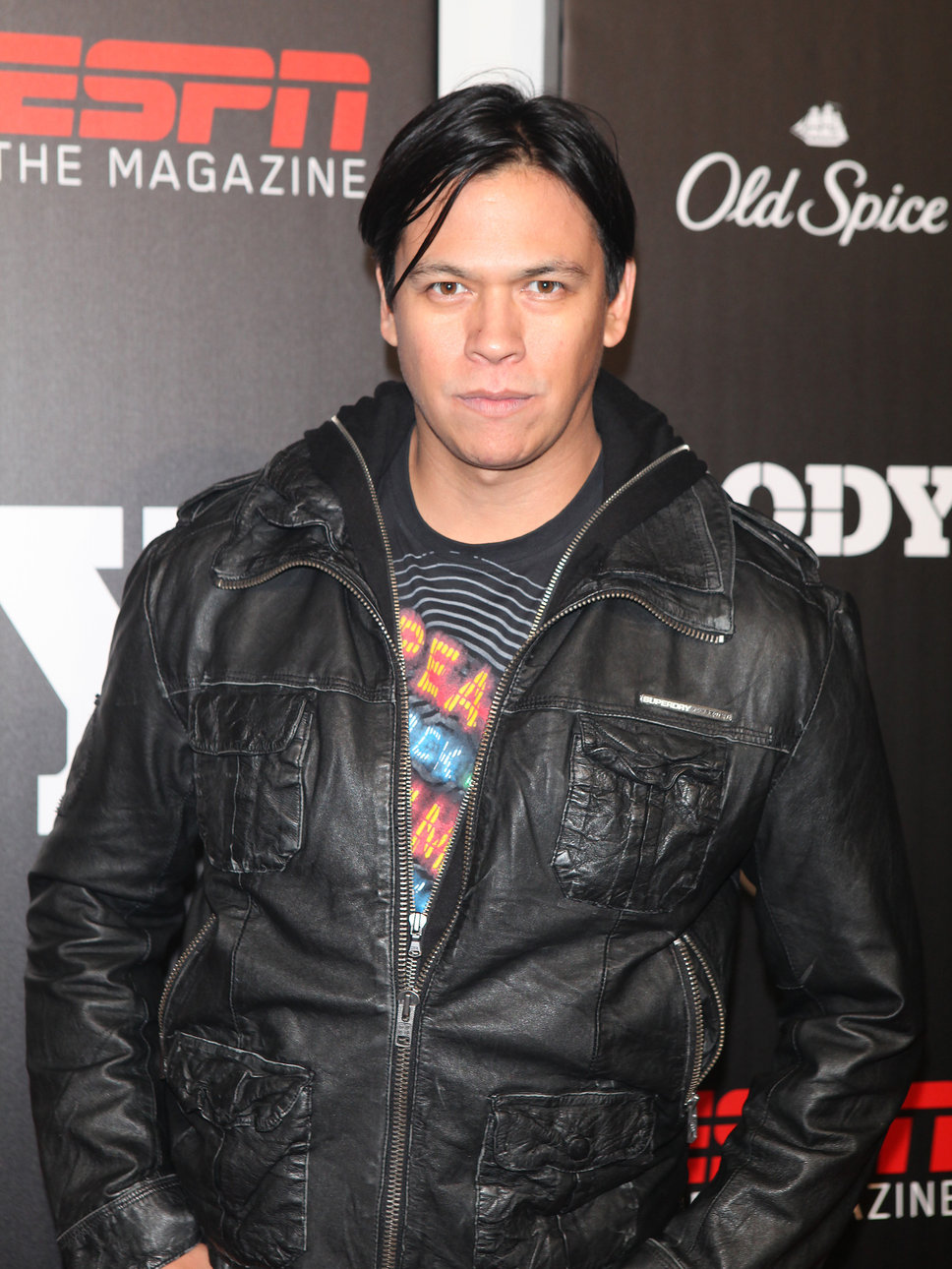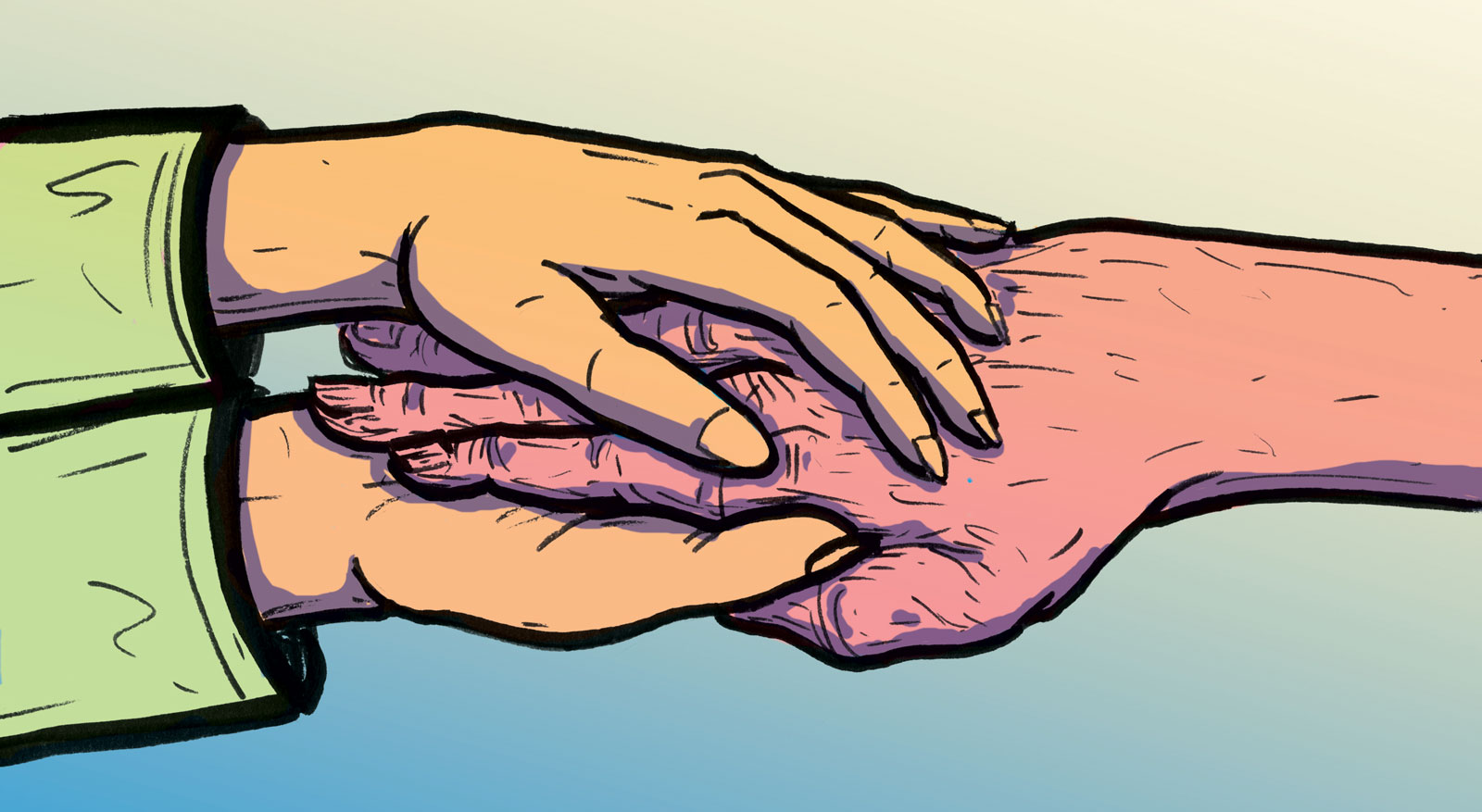Over the break I had a movie marathon of Peter Jackson’s The Lord of the Rings films. I ended up watching the franchise four times within a week, and through every viewing I was gobsmacked by the blatant racism that undergirds Middle Earth.
If it was not apparent from my four consecutive viewings, I am a fan of The Lord of the Rings franchise. However, I am incredibly aware of its faults and believe it should be critiqued, especially since — as Helen Young of Deakin University writes in her book Race and Popular Fantasy Literature — it is a model for the high fantasy genre.
While Tolkien attempts to disconnect his fantasy world from the real, the setting of Middle Earth evokes the image of medieval Europe, according to Young. Tolkien took inspiration from the European Middle Ages in creating Middle Earth, drawing from history, literature, myths and legends. However, it is the specific bias in representing an Anglo-Saxon and Germanic culture as foundation for the imagining of Middle Earth that I take issue with.
The western European focus in Tolkien’s construction of Middle Earth facilitates a setting that values eurocentrism, which enables blatantly apparent racist ideology to be assumed as fact within the world and resists race-conscious critiques.
Regardless of the insistence that Middle Earth is disconnected from the real world, race plays an essential role in The Lord of the Rings stories, which reflect white supremacist ideology. The members of the world embody agents of good and evil who evoke real cultures, beliefs and politics. Good is characterized as white, while evil is characterized as dark and black in race, imagery and symbolism.
Young argues that the good and free people of Middle Earth who are human or humanoid are strikingly all white and resemble different cultures of historic Western Europe. Young points out the Rohirrim evoke the people of medieval England, the people of Gondor are coded Germanic and Hobbits and the Shire resemble nineteenth-century English culture. The Elves are draped in whiteness.
The films visualize these concepts, and the racist implications cannot be ignored. In all cases, the protagonists are racially white, and they’re portrayed that way in the films. Whiteness is cast as morally right and superior in the world.
The members of Sauron’s army in the movies consist of different races of Orcs, non-human trolls, and humans. The human figures in his army are the Easterlings, the peoples of Khand, Southrons and Far Harad.
A fair amount of discourse circles around the depiction of Orcs and trolls, so I want to focus on the representation of the Easterlings and Southrons in the films.
Just the names Easterling and Southron reduce the people living in these regions down to their geographical location. In the films, their distinct cultures and values are nullified and can only be discerned from their visual portrayal.
Professor Sue J. Kim points out that the Easterlings have almond-shaped eyes, their armour resembles ancient East Asian armour and they wear turbans. The Southrons, who are Black, wear face paint and are covered in oil. In both cases, these characters are depicted as non-European and non-white.
The films do not provide an explanation for their loyalty to Sauron. They are assumed to be naturally servants of Sauron, through how they are portrayed as an accumulative mass of bodies that contributes to the spread of evil within the world.
The series reduces many diverse cultures from many places east of Europe into a monolith. Meanwhile, certain periods in English history are assigned to their own distinct cultures. This form of representation generalizes and stereotypes non-European people and places, while affording European cultures distinction and specificity.
The films impose a racist structure upon the world that depends on an Anglo European white superiority for the world to prosper and for goodness to thrive. They pit whiteness against Blackness and paint darkness as the embodiment of evil that must be defeated.
This imagery and symbolism blatantly reproduce and uphold white supremacist ideology.
Regardless of my attachment to the series, it’s incredibly important to talk about these problems with the beloved franchise, considering its influence on the genre. Fantasy should imagine possibilities beyond our own lived realities rather than reproduce systems of oppression.





